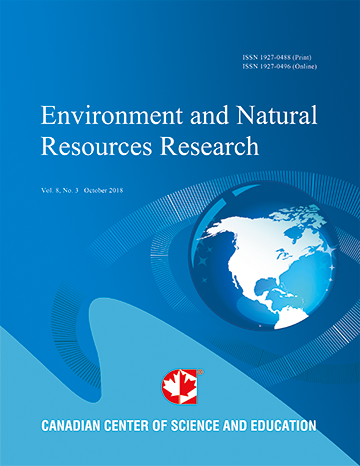Flood Hydraulics and Impacts on Invasive Vegetation in a Braided River Floodplain, New Zealand
- Brian Caruso
- Alex Ross
- Claire Shuker
- Tim Davies
Abstract
This study evaluates the effects of floods and their hydraulic characteristics on invasive vegetation in the Ahuriri River floodplain, a braided gravel-bed river in the eastern high country of the South Island, New Zealand. Invasive vegetation alters the natural braiding tendency of rivers such as the Ahuriri and has severe negative impacts on threatened and endangered native wading birds and floodplain ecology. Aerial photographs for a 10-year period (1991 to 2000) that includes the largest flood on record in 1994 (recurrence interval of almost 50 years) based on a 46-year record were analysed to determine changes in aerial cover of water, bare substrate, and several different vegetation classes. This was complemented by hydraulic modelling using HEC-RAS software for a representative 1.1-km reach to evaluate flood hydraulic characteristics that can impact vegetation, including water inundation area, depth, velocity, and shear stress. The 1994 flood (570 m3/s) removed up to 25% of the invasive vegetation in the study reach, with preferential removal of lupin and less removal of willow and grassland. However, flood effects varied considerably with overall minor effects on total vegetation cover over the entire lower 21-km reach. The spatial distribution of vegetation cover changed considerably in response to this flood event, in a pattern resembling a shifting-mosaic steady state model. Modelling showed that a 600 m3/s (50-year) flood is likely to result in almost total inundation of the study reach floodplain and significant velocities and shear stresses on floodplain vegetation. Over the study reach linear models approximate the relationships between flood peak magnitude with average water area, depth, velocity, and shear stress. Depth and velocity do not increase as fast as flow area or shear stress, and differences between hydraulic characteristics for the 600 and 155 m3/s floods ranged from 37% for velocities to 179% for flow inundation areas. Much of the vegetation appeared to recover relatively quickly after flood events so that vegetation removal effects are short-lived. Although large floods can remove a considerable amount of invasive vegetation in some reaches of the river, natural flood events are unlikely to significantly reduce invasive vegetation cover throughout the river.- Full Text:
 PDF
PDF
- DOI:10.5539/enrr.v3n1p92
Journal Metrics
Google-based Impact Factor (2016): 6.22
h-index (November 2017): 12
i10-index (November 2017): 19
h5-index (November 2017): 11
h5-median (November 2017): 12
Index
Contact
- Emily LinEditorial Assistant
- enrr@ccsenet.org
